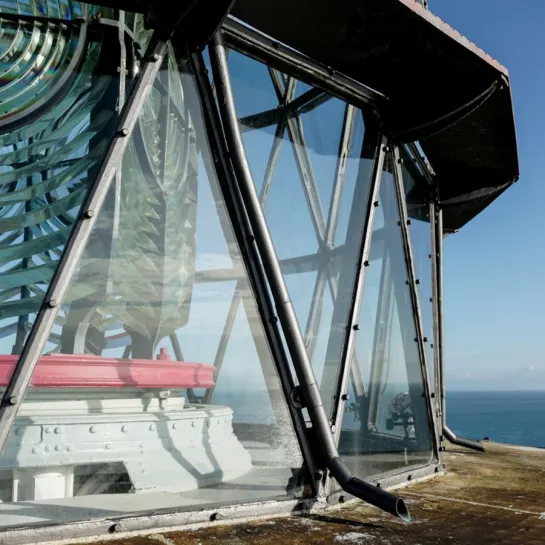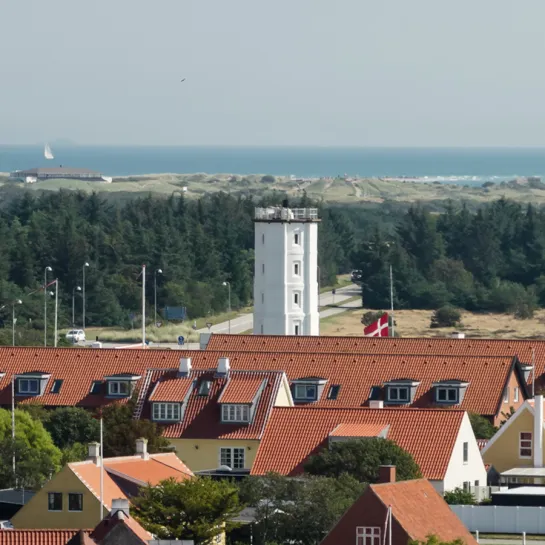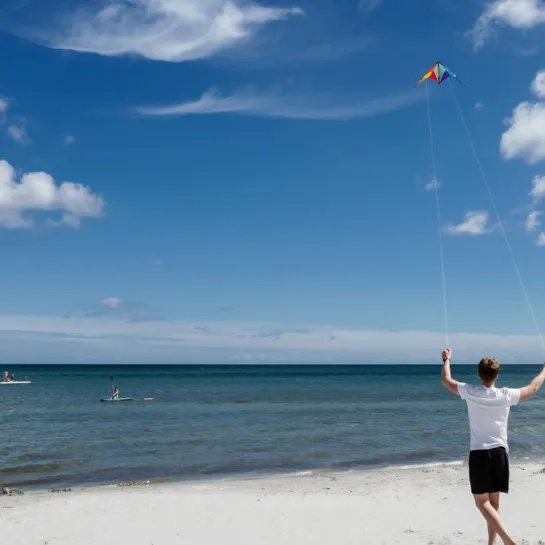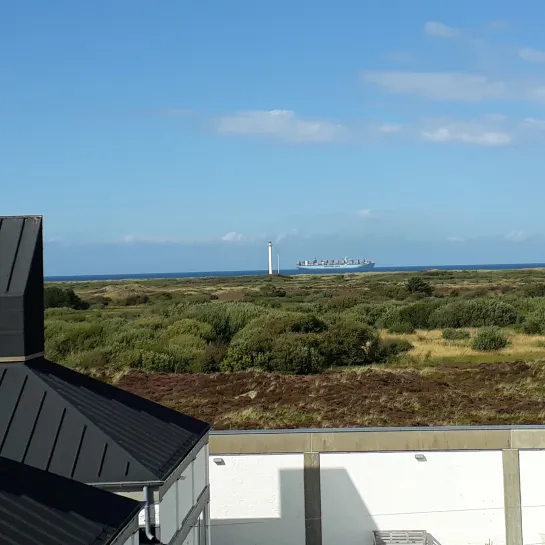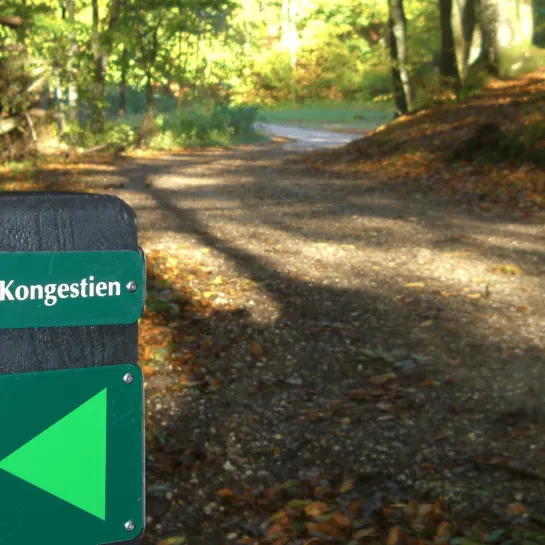Denmark is an island nation and shipping has had great importance ever since the Viking Age. Low coasts and sandbanks made navigation hazardous at night and in poor visibility, as evidenced by the thousands of wrecks along the coasts, with more than 10,000 wrecks being registered by the Danish Agency for Culture. The waters around the Top of Denmark were particularly difficult to navigate due to the low coasts and submerged sandbanks.
During the course of the 16th century a lively maritime trade arose between North Jutland and southern Norway. The vessels that sailed between the two countries were flat-bottomed and could land directly on the beach at Løkken, Lønstrup and Tornby. Grain and butter were exported to Norway, with timber and iron traded in return.
Later, this foreign trade was plied by larger ships from bigger ports on the east coast of Jutland and Denmark’s islands. Denmark was one of the world’s great seafaring nations, and all ships had to navigate around Skagen’s Gren in order to head out onto the world’s oceans. However, the large, deep-draught ships were vulnerable to the treacherous sandbanks that were constantly moving depending on the wind and the currents. Rounding Skagen’s Gren at night was extremely perilous, and many didn’t make it. The numerous wrecks provided a welcome source of
income to the local fishermen and farmers, who – at the same time – risked their lives to save thousands of stranded sailors.
As technology progressed, beacons and lighthouses were developed to guide the seafarers.
The first Danish beacon was constructed in Skagen in 1561 on the orders of King Frederik II. It was basically just a fire and not particularly effective. In 1627 it was replaced by Vippefyret. This bascule light was a construction in which an iron basket containing burning coal could be raised some 10 m into the air.



